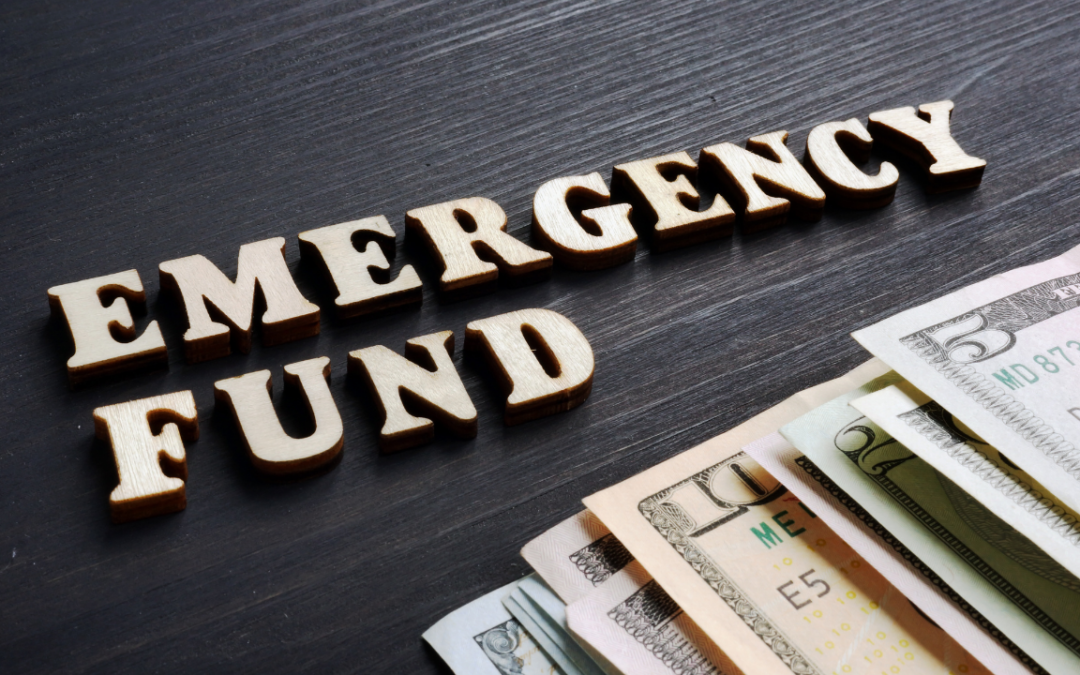In today’s uncertain economic climate, the importance of having an emergency fund cannot be overstated. Whether it’s unexpected medical expenses, a sudden job loss, or a major home repair, having a financial safety net can provide peace of mind and security. However, determining how much to save and where to keep your emergency fund can be a daunting task. In this blog, we’ll delve into the factors to consider when deciding on the right amount to save and the best places to keep your emergency fund.
Determining the Right Amount for Your Emergency Fund
The ideal amount to save for an emergency fund can vary based on individual circumstances, including monthly expenses, income stability, and potential financial obligations. A commonly recommended guideline is to save three to six months’ worth of living expenses. However, this may not be sufficient for everyone. Individuals with dependents, irregular income, or high-risk job situations may need to save more to ensure adequate coverage in the event of a financial crisis.
To determine the right amount for your emergency fund, start by evaluating your monthly expenses, including essential costs such as rent or mortgage, utilities, groceries, and insurance premiums. Consider any additional financial commitments, such as loan repayments or childcare expenses. It’s also important to assess your job security and the potential duration of unemployment in your industry.
Where to Keep Your Emergency Fund
Once you’ve established the target amount for your emergency fund, the next crucial decision is where to keep it. The primary objectives when choosing a location for your emergency fund are accessibility, liquidity, and safety. Here are some options to consider:
1. High-Yield Savings Account
A high-yield savings account offers a balance of accessibility and interest earnings. While the interest rates may not be as high as other investment options, these accounts provide easy access to funds without penalties or restrictions.
2. Money Market Account
Money market accounts provide competitive interest rates and check-writing abilities, making them a convenient choice for emergency funds. They are FDIC-insured and offer liquidity, although they may have higher minimum balance requirements.
3. Certificates of Deposit (CDs)
CDs offer higher interest rates than standard savings accounts, but they require locking funds for a specific term. While they may not be as liquid as savings or money market accounts, they can be a viable option for a portion of your emergency fund, especially for longer-term savings goals.
4. Cash
Keeping a portion of your emergency fund in cash may be prudent for immediate access to funds in case of a temporary disruption in banking services or other unforeseen circumstances.
Determining the right amount for your emergency fund and choosing the best location to keep it are critical financial decisions that require careful consideration. By assessing your individual financial situation and weighing the accessibility, liquidity, and safety of different savings options, you can build a robust emergency fund that provides a solid financial cushion in times of need.


